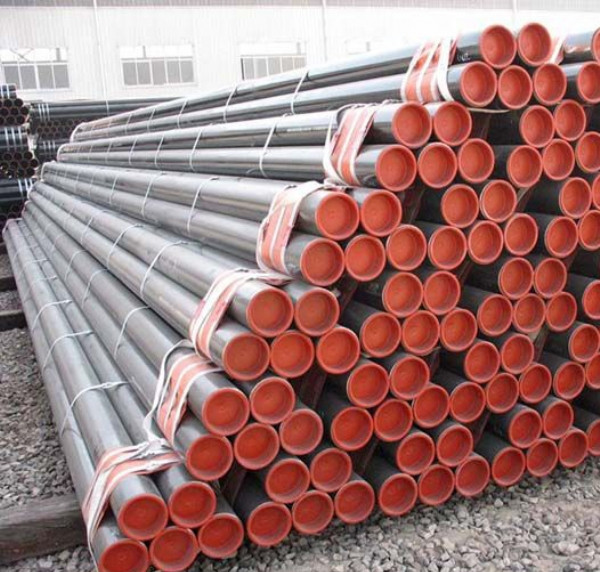Definition And Types Of Oil Casing
1. Definition of oil casing
The special oil pipe is mainly used for the drilling of oil and gas wells and the transportation of oil and gas. It includes oil drill pipe, oil casing, and oil pumping pipe. Oil drill pipes are mainly used to connect drill collars and drill bits and transmit drilling power. Petroleum casing is mainly used to support the well wall during drilling and after completion to ensure the progress of the drilling process and the normal operation of the entire well after completion. The pumping pipe mainly transports the oil and gas at the bottom of the oil well to the ground.

Oil casing is the lifeline to maintain the operation of oil wells. Due to different geological conditions, the downhole stress state is complex, and the combined action of tensile, compressive, bending and torsion stresses on the pipe body, which puts forward higher requirements on the quality of the casing itself. Once the casing itself is damaged for some reason, the entire well may be reduced or even scrapped.
According to the strength of the steel itself, the casing can be divided into different steel grades, namely J55, K55, N80, L80, C90, T95, P110, Q125, V150, etc. Different well conditions and depths have different steel grades. In a corrosive environment, the casing itself is also required to have corrosion resistance. In places with complex geological conditions, the casing is also required to have anti-collapse performance.
2. The use of oil casing
Petroleum casing is a large-diameter pipe that serves to fix oil and natural gas well walls or boreholes. The casing is inserted into the borehole and fixed with cement to help the borehole separate the rock formations and prevent the borehole from collapsing, while ensuring the circulation of drilling mud to facilitate drilling and exploitation.
Steel grades of oil casing: H40, J55, K55, N80, L80, C90, T95, P110, Q125, V150, etc. Processing form of casing end: short round thread, long round thread, partial trapezoid thread, special buckle, etc. Used in oil well drilling, it is mainly used to support the well wall during the drilling process and after completion, to ensure the progress of the drilling process and the normal operation of the entire oil well after completion.
3. Types of oil casing
Different types of casing used in the process of oil extraction:
Surface oil casing: protect the well from being contaminated by shallow water and gas layers, support wellhead equipment and maintain the weight of other layers of the casing.
Technical oil casing: Separate the pressures at different levels so that the drilling fluid can circulate normally and protect the production casing. Install anti-burst devices, leak-proof devices and liners in the well.
Reservoir oil casing: to export oil and natural gas from the reservoir below the surface. It is used to protect wells and stratify drilling mud. When the oil casing is produced, the outer diameter is usually 114.3 mm to 508 mm.
According to SY/T6194-96 “Petroleum Casing”, the types and packaging of petroleum casing can be divided into short-threaded casing and its coupling and long-threaded casing and its coupling.
HSH stocks a broad range of metal materials, including aluminum, steel, stainless steel, copper and brass, and specialty metals. Also, we also sell cast fittings, cast Iron, forged fittings, cutting tools, flanges, ect. If you have any needs or questions, you can contact us.
